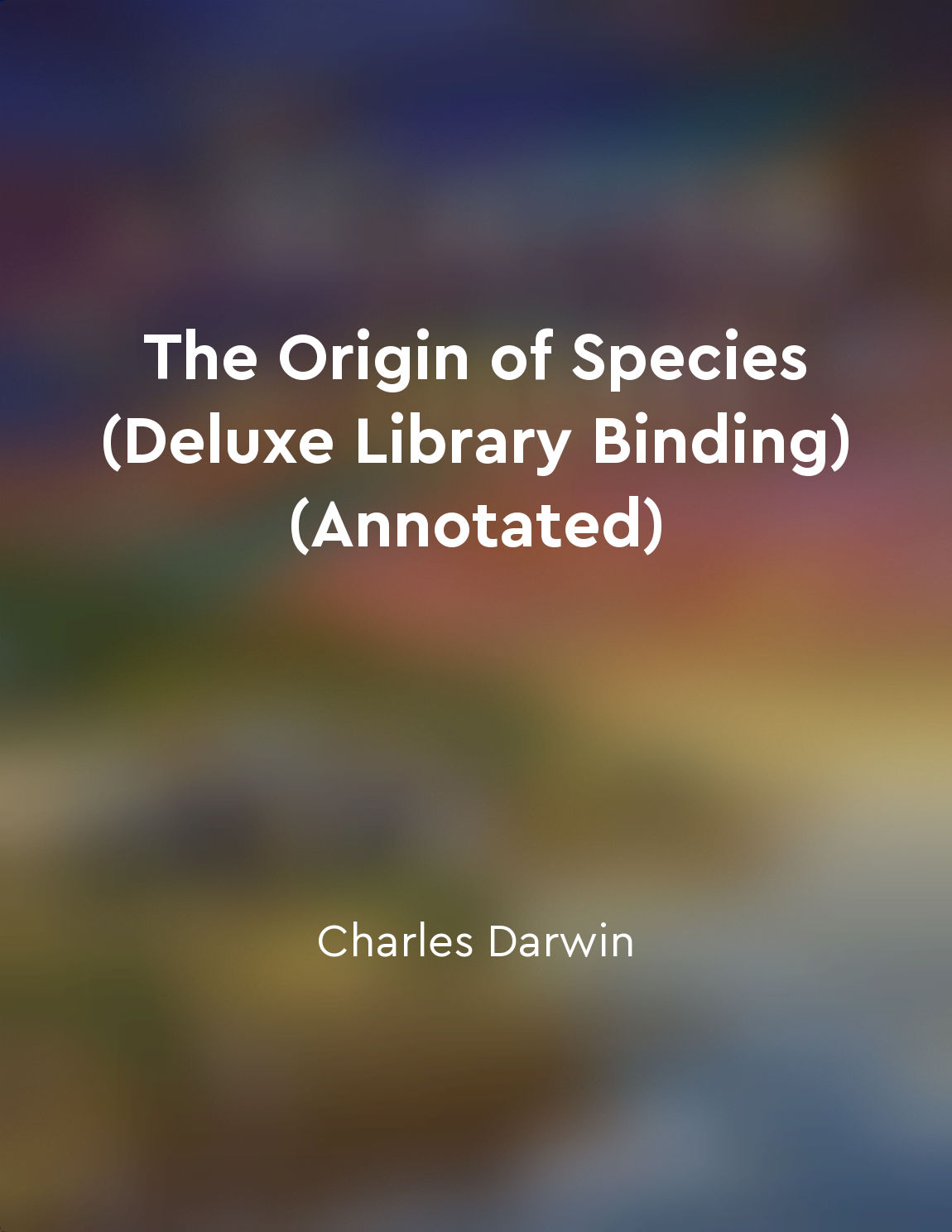Modern humans are part of a diverse and interconnected global community from "summary" of Introduction to Physical Anthropology by Robert Jurmain,Lynn Kilgore,Wenda Trevathan,Russell L. Ciochon,Eric J. Bartelink
In today's world, it is evident that modern humans are not isolated entities but rather part of a larger global community that is characterized by diversity and interconnectedness. This concept is highlighted in the field of physical anthropology, which studies human biology, evolution, and behavior in a holistic manner. By examining the physical and cultural differences among human populations, physical anthropologists emphasize the interconnectedness of all human beings regardless of their geographical location or cultural background. One of the key aspects of this concept is the recognition of the genetic and biological similarities that exist among all human populations. Despite the physical variations that distinguish different ethnic groups, modern humans share a common genetic heritage that unites them as members of the same species. This genetic commonality underscores the fact that all human beings are part of a single global community, with a shared evolutionary history that dates back to the origins of our species in Africa. Furthermore, the global community of modern humans is characterized by cultural diversity, with a wide range of traditions, beliefs, and practices that vary from one society to another. Physical anthropologists study this cultural diversity to gain insights into the ways in which human societies have adapted to their environments and interact with one another. By examining the cultural similarities and differences among different populations, anthropologists highlight the shared humanity that transcends cultural boundaries and connects people from diverse backgrounds. In addition to genetic and cultural similarities, modern humans are interconnected through networks of communication, trade, and migration that span the globe. The advent of modern transportation and communication technologies has facilitated the exchange of ideas, goods, and people across vast distances, contributing to the formation of a truly global community. This interconnectedness has implications for the way in which modern humans interact with one another and respond to global challenges such as climate change, pandemics, and political conflicts.- The concept that modern humans are part of a diverse and interconnected global community is central to the field of physical anthropology, as it emphasizes the common humanity that unites all human beings despite their differences. By recognizing the interconnectedness of human populations and the shared evolutionary history that binds them together, anthropologists seek to promote understanding, tolerance, and cooperation among people from diverse backgrounds. This holistic approach to the study of human biology and culture underscores the importance of viewing modern humans as members of a single global community rather than isolated individuals or groups.
Similar Posts
Society shapes individuals and vice versa
In every human society, individuals are molded by the prevailing norms, values, and expectations. From a young age, people are ...
Ethnographic research allows for indepth understanding of cultures
Ethnographic research, with its emphasis on immersing oneself in a particular culture, offers a unique opportunity for gaining ...
Environmental factors impact societal progress
The idea that environmental factors play a crucial role in shaping the progress of societies is a fundamental concept in unders...

The Origin of Species challenges creationist beliefs
Charles Darwin's groundbreaking work on the origin of species presents a direct challenge to established creationist beliefs. B...

Human rights are a recent development in history
The idea that every individual possesses inviolable rights simply because they are human is a relatively new concept in the gra...

Human anatomy reflects our evolutionary history
The human body is a remarkable product of evolution, with each part serving a specific purpose that has been shaped by millions...

Culture is a product of collective human actions
Culture emerges as a spontaneous order from the interactions of countless individuals over time. It is not the result of any in...

Evolution is a continuous process
In my observations of the natural world, I have come to understand that evolution is not a sudden event, but rather a gradual a...

